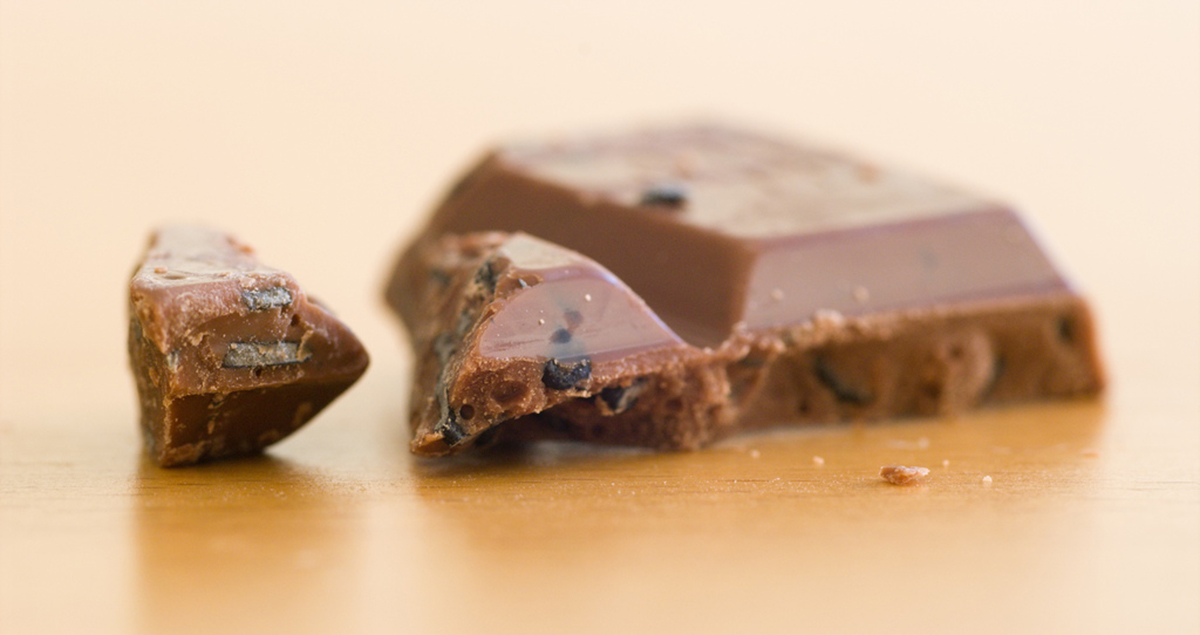Table of Contents
Most of the health benefits of chocolate are actually related to the cocao or cacoa component and not to the cocoa fat, milk solids and sugar (although cocoa fat does have some benefit). Remember too that most commercially available chocolates have very little cocoa at all in them and are predominantly made up of things like sugar, caramel and wafer. While it is OK to indulge in the occasional milk chocolate, the benefits are not going to be very huge at all and the risks associated with eating too much fat and sugar will outweigh the benefits.

In any event, here are some of the benefits that can be reaped from eating cocao or cocoa rich chocolate:
It does have a high glycemic load however, so small amounts are recommended to reap benefits.
Provides the antioxidant resveretrol which is known for its heart and nervous system protective effects.
May lower heart disease risk. Although chocolate does contain some bad fats, it also contains some good one’s, like oleic acid- a monounsaturated fat like the one found in olive oil, which lowers total cholesterol. Another fat, stearic acid, has been found to decrease platelet activity, which may contribute to cardiovascular health. A groundbreaking Greek study presented at the European Society of Cardiology’s meeting in 2004, showed for the first time how eating dark chocolate improved the function of blood vessels and prevented blood clotting. The effect was seen after eating 100g of dark chocolate. Scientists believe that chocolates’ protective effects may have something to do with its high flavonoid content, making it an effective antioxidant.
Are There Any Downsides?
If you eat milk or white chocolate or chocolate bars that contain more sugar than anything else, you might fall pray to the health risks associated with eating chocolate, which are very similar to the health risks associated with eating bad fats and sugar.
Chocolate versus carob
Some “health” bars are covered in carob, a substance obtained from the seedpods of the carob tree, instead of chocolate. There is a perception that carob is a healthy alternative to chocolate. The kilojoule and fat content of carob is actually very similar to chocolate, the only difference is that carob is free from the mood-altering components in chocolate.
See Also: Do You Have A Sweet Tooth? Make It Healthy!
Chocolate consumption rules
As with any stimulant, chocolate should not be eaten every day, but rather kept as a special treat.
- Be careful not to devour chocolate, but rather savour its taste and texture by sucking it in your mouth
- Do not eat excess chocolate if you are overweight
- Do not eat excess chocolate if you suffer from kidney stones (chocolate is high in oxalates, which contributes to the formation of stones)
- Do not eat chocolate if you suffer from migraine headaches, as it may worsen symptoms
- Beware of adulterated chocolate. Milk solids, caramel, wafers and the like are often added to chocolates for taste and appeal but take away from the health benefits
- Eat dark chocolate or add cacao or cocoa to smoothies, milky drinks, cereals and fruit salads. Any significant benefits that come from eating chocolate are obtained from eating the dark type. Milk chocolate will provide some benefits but is usually laden with sugar and excess saturated fat and has a lower cocoa content than the darker varieties.
- Look for raw chocolates that are sweetened naturally with goji berries, xylitol or agave syrup instead of sugar or corn syrup.
- Photo courtesy of Lee McCoy by Flickr: www.flickr.com/photos/chocolatereviews/5075054043
- Photo courtesy of Carl Drougge by Flickr: www.flickr.com/photos/drougge/7072371021


Your thoughts on this